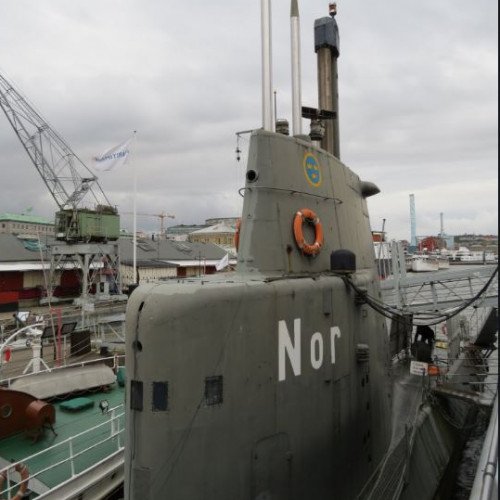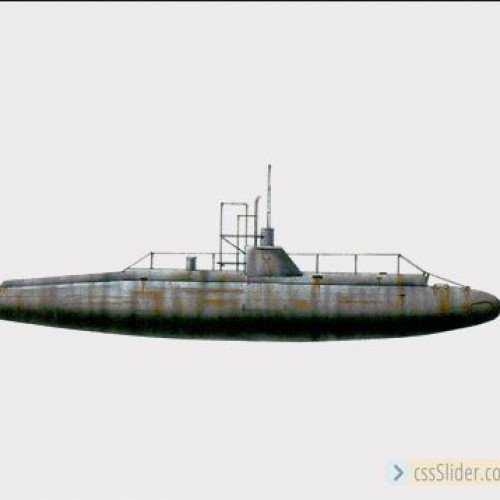Draken-class submarine vs British B-class submarine

Draken-class submarine
The Draken class (Dragon) was a submarine class built for the Swedish Navy from 1960 to 1962. A total of six submarines were delivered. Four of the boats were modernised in 1981–82. The design was a modified version of the Hajen-class with only one shaft with a larger 5-bladed propeller for improved underwater performance and reduced noise. Draken, Vargen, Nordkaparen and Springaren were ordered from Kockums. Gripen and Delfinen were from Karlskrona. These boats were decommissioned 1988-90 and were succeeded by the Sjöormen-class and Näcken-class submarines. The names of the six Draken class are Draken, Gripen, Vargen, Delfinen, Nordkaparen and Springaren. One submarine (HSwMS Nordkaparen) was preserved and can today been seen at the Maritiman in Gothenburg.
Statistics for this Xoptio

British B-class submarine
The B class was a class of 11 submarines, built by Vickers in Barrow-in-Furness for the Royal Navy, and launched in 1904–06. One boat was sunk by a collision in 1912, but the remainder served in World War I. Three boats protected the transfer of the British Expeditionary Force to France in 1914, but were soon relegated to local defence and training duties. Six submarines were in the Mediterranean when the war began and were quickly sent to the Dardanelles to prevent a breakout by the German battlecruiser SMS Goeben and the light cruiser SMS Breslau into the Eastern Mediterranean. B11 ventured into the Dardanelles in December 1914 and sank the elderly Turkish ironclad Mesudiye. The arrival of more modern submarines to blockade the Dardanelles made the B-class boats redundant and they were mostly withdrawn to Malta in 1915. They were transferred to Venice after Italy entered the war, where B10 became the first submarine to be sunk by air attack in 1916. The B-class submarines were transferred back to Malta in late 1916 as they were no longer deemed suitable for combat. In mid-1917 they were converted to surface patrol boats and sent to patrol the Otranto Barrage. They proved to be unreliable and were soon sent back to Malta where they were finally paid off. Only B3 was still in commission when the war ended and that was only because it was being used for experimental work and serving as a target to train anti-submarine forces. All surviving boats were sold for scrap in 1919–21.